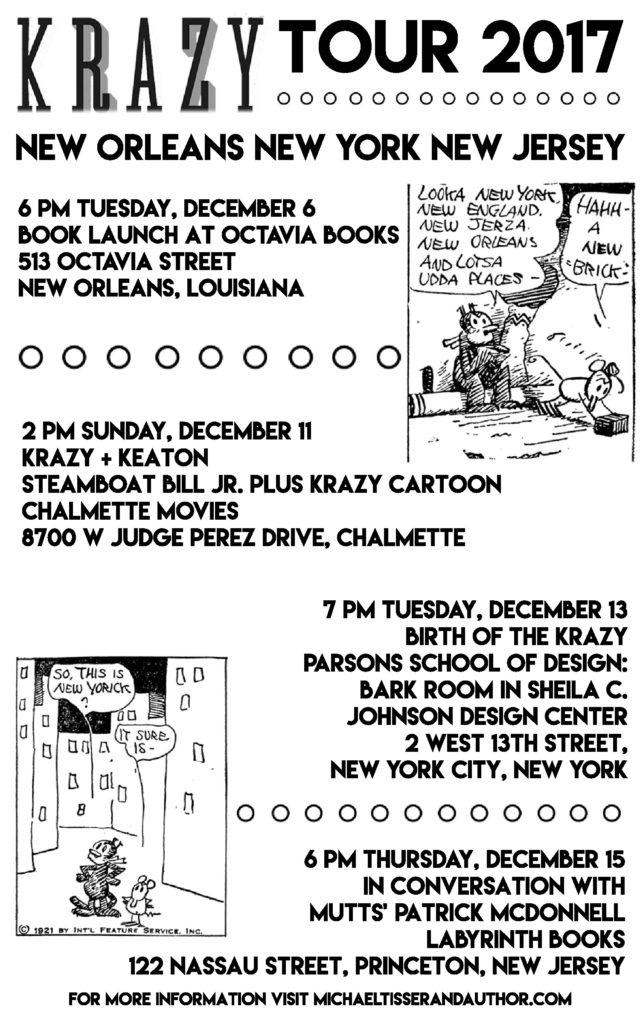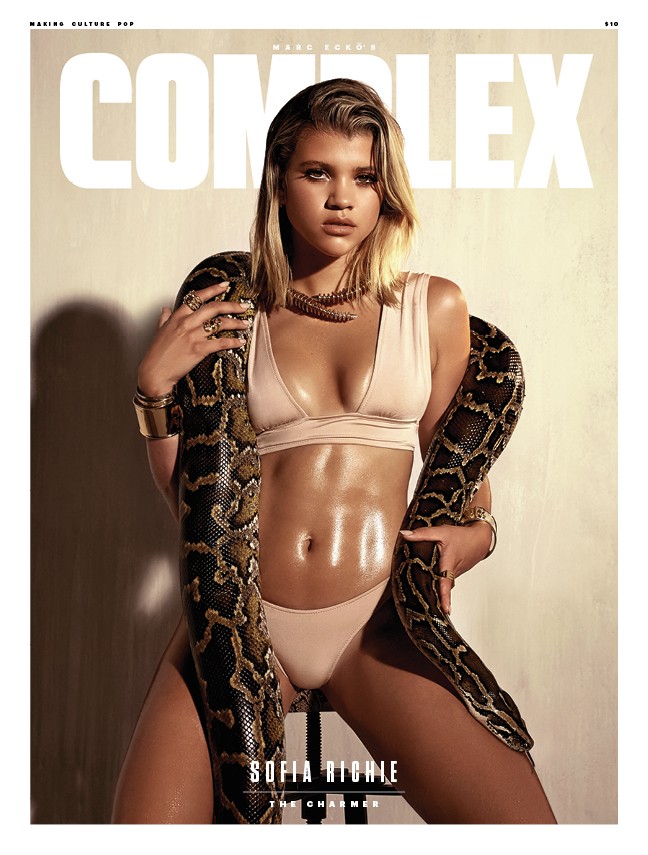‘Barry’ director on race, identity and why the young Obama mattersPosted in Articles, Arts, Barack Obama, Biography, Media Archive on 2016-12-20 20:00Z by Steven |
‘Barry’ director on race, identity and why the young Obama matters
Mashtable
2016-12-20
Vikram Gandhi didn’t direct the Netflix biopic Barry because he cared about Barack Obama. He made it because he cared about a kid named Barry.
Gandhi set out to discover who Barack was before he was Barack, back in 1981. The film follows a portion of Obama’s life then as a student at Columbia University, and how it shaped who he would grow up to be.
“I don’t know who Barack Obama is,” Gandhi told Mashable in a phone interview. “I didn’t study that. I studied who Barry was. I related with Barry. The things that he’s struggling with are things that people around me have struggled with, I’ve struggled with, and I think that I still struggle with. Barack Obama’s the president; I have no idea what that’s like, but I know what it’s like to be a confused kid, a 20-year-old kid in New York City trying to figure out where you belong.”
The 1981 iteration of Barack Obama held particular resonance for Gandhi, who studied at Columbia some 17 years later. He remembered the classes, the bars, the diners — he even lived next door to the building that once housed a future president. The film is an intersection of two identity crises: What it means to grow up and what it means to be mixed race in America…
Read the entire article here.




